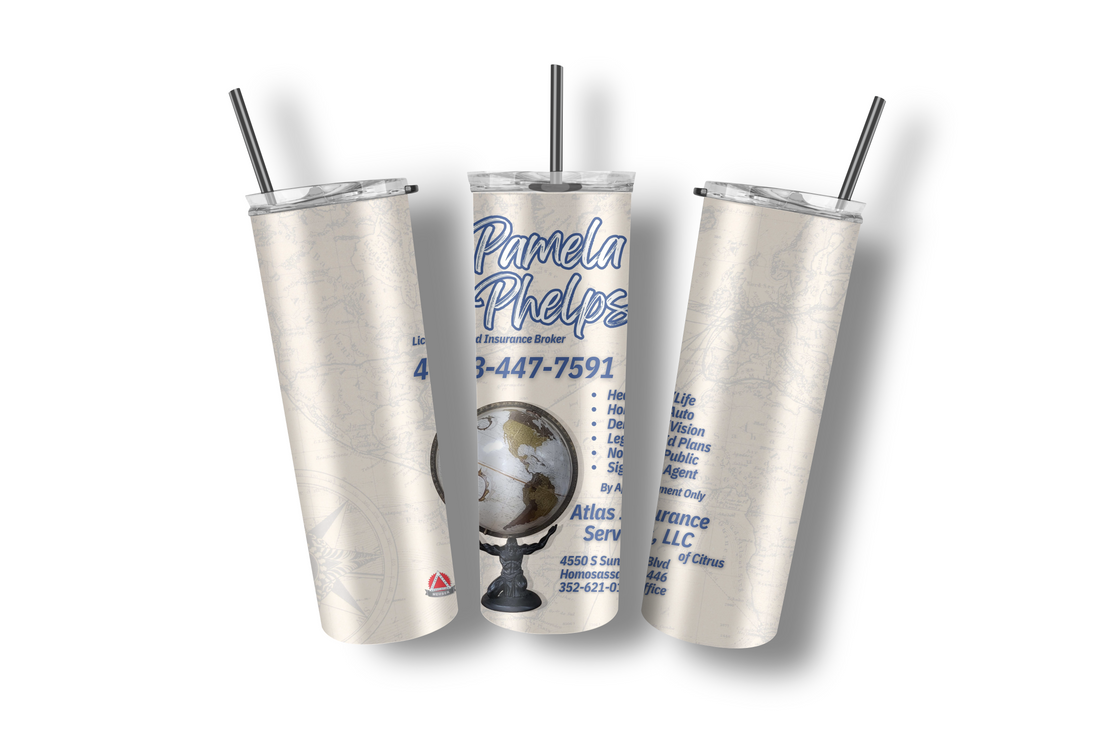
Sublimation
Share
What is Sublimation?
Sublimation is a process where a solid material (usually a specially formulated dye) is converted directly into a gas without passing through the liquid phase. This gaseous dye then penetrates and bonds with a compatible substrate, typically polyester-based materials or polymer-coated surfaces. Once the dye cools and re-solidifies, it becomes a permanent part of the material, resulting in vibrant, durable, and high-resolution images.
How Does Sublimation Work?
-
Design Creation: The process begins with creating or choosing a design, which is typically done using graphic design software.
-
Printing: The design is then printed onto sublimation paper using a printer equipped with sublimation inks. These inks are designed to convert from solid to gas under heat.
-
Transfer: The printed design is placed onto the substrate (such as fabric, metal, or ceramic).
-
Heat Application: Heat and pressure are applied using a heat press. The heat causes the sublimation ink to turn into gas, which then permeates the substrate's surface. The pressure ensures that the gas is evenly distributed and absorbed.
-
Cooling: Once the heat press is removed, the substrate is allowed to cool. The sublimated dye solidifies within the material, producing a permanent, full-color image.
Uses of Sublimation in Crafting
Sublimation is widely used in crafting for its ability to create high-quality, customized items. Here are some common applications:
-
Custom Apparel: Sublimation is ideal for creating custom t-shirts, hoodies, and other garments, especially those made of polyester. The process produces vibrant colors that won't fade, peel, or crack over time.
-
Home Décor: Sublimation can be used to print designs on items like cushions, curtains, and wall art. It’s particularly popular for personalizing home décor with custom patterns, photos, or quotes.
-
Drinkware: Craft enthusiasts use sublimation to create personalized mugs, water bottles, and tumblers. The ink bonds with the polymer coating on these items, resulting in designs that are dishwasher-safe and resistant to wear.
-
Phone Cases: Sublimation allows for the creation of unique and personalized phone cases. The high-definition quality of the print makes it a favorite for creating detailed designs and photographs.
-
Photo Gifts: Sublimation is perfect for creating photo gifts such as picture frames, puzzles, and keychains. The ability to transfer high-quality images makes these gifts especially cherished.
-
Signs and Banners: Sublimation is used to create vibrant, long-lasting signs and banners for both indoor and outdoor use. The process ensures that the colors remain vivid even when exposed to the elements.
-
Promotional Products: Businesses use sublimation to create branded items like tote bags, lanyards, and mousepads. The durability of the print ensures that the brand message remains intact over time.
-
Stationery: Sublimation can be used to personalize notebooks, journals, and other paper products with custom designs, logos, or names.
-
Fabric Crafts: Crafters use sublimation to create custom fabric for quilts, scarves, and other textile projects. This allows for endless possibilities in pattern and color customization.
-
Artwork: Artists and crafters alike can use sublimation to transfer their designs onto various surfaces, creating original and marketable artwork that maintains its color and detail.
Advantages of Sublimation in Crafting
- Durability: Sublimated designs are highly durable and resistant to fading, cracking, or peeling.
- Vibrancy: Sublimation allows for vivid, full-color designs with excellent detail.
- Customization: Sublimation is ideal for creating personalized items, as each piece can be uniquely customized.
- Variety: Sublimation can be used on a wide range of products, from textiles to hard goods like ceramics and metals.
Sublimation is a versatile and powerful tool in the crafting world, enabling creators to produce professional-quality, customized items with ease. Whether for personal use, gifts, or small business products, the possibilities with sublimation are virtually endless.